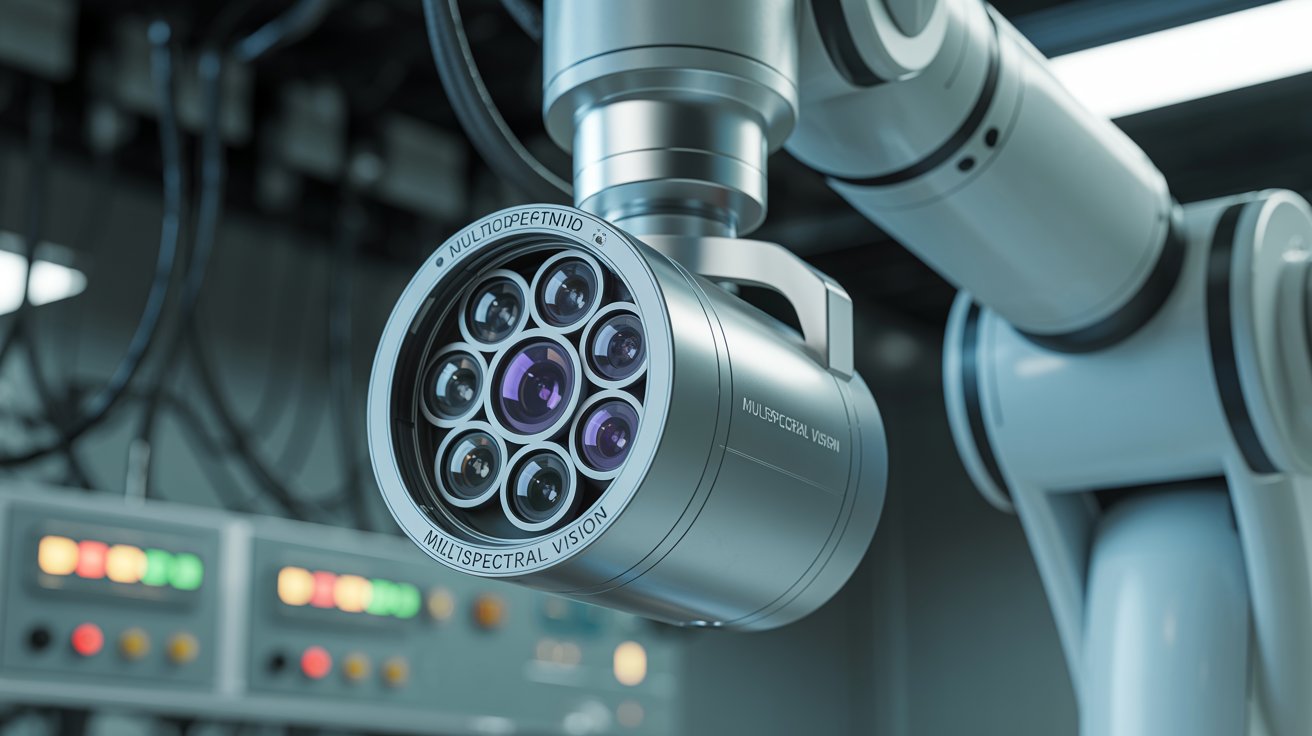In an era where data is power, multispectral cameras are redefining how we see the world—beyond the visible spectrum.
According to a new report by MarketsandMarkets, the multispectral camera market is projected to grow from USD 1.4 billion in 2023 to USD 2.2 billion by 2028, at a steady 9.0% CAGR. While these numbers point to healthy growth, it’s the why behind the trend that’s truly disruptive.
What’s Driving the Demand?
Multispectral cameras are no longer confined to satellites or elite defense systems. Their adoption is expanding rapidly across sectors thanks to:
-
Defense & ISR: Used in target detection, reconnaissance, camouflage penetration, and thermal surveillance, especially in SWIR, MWIR, and LWIR bands.
-
Commercial & Civilian Applications: From crop analytics in precision agriculture to remote sensing in forestry, medical diagnostics, and even infrastructure inspection.
-
Smart Systems & UAV Payloads: Autonomous drones and satellite platforms are increasingly equipped with these sensors for real-time, high-resolution, multi-band imaging.
Download PDF Brochure @
https://www.marketsandmarkets.com/pdfdownloadNew.asp?id=142623484
Key Technology Trends
Cooled Sensors Still Dominate
The report highlights cooled multispectral cameras holding the largest market share—thanks to their superior sensitivity, low-noise performance, and applicability in low-light, space, and military environments.
Near-Infrared (NIR) Segment Leading Spectrum Adoption
NIR systems (700–2500 nm) are emerging as essential tools in agriculture for analyzing vegetation health, moisture levels, and even nutrient deficiencies. They’re critical for sustainable agriculture and resource optimization.
Payload-Based Platforms on the Rise
Whether it’s drones, satellites, or high-altitude platforms, the “payloads” segment is projected to dominate end use. Lightweight, high-performance cameras are enabling smarter, automated sensing capabilities in difficult-to-reach zones.
Asia Pacific – The Global Growth Engine
China, India, and Japan are making strategic investments in both commercial and defense multispectral imaging. Asia Pacific is expected to post the highest CAGR globally through 2028.
Industry Ecosystem: The Power Players
Here’s a look at who’s leading the charge:
-
Teledyne FLIR – Advanced cooled and uncooled systems for defense and security.
-
Leonardo DRS – Tactical ISR multispectral payloads.
-
DJI – Leading UAV integration with multispectral sensors for commercial and agricultural applications.
-
Hensoldt & JAI – High-resolution optics with cutting-edge spectral imaging.
These firms are setting the pace for innovation in imaging systems that operate across visible, infrared, and thermal bands—powering better decisions at the edge.
Final Thoughts: Seeing Beyond What Meets the Eye
Multispectral cameras are doing more than capturing images—they’re revealing hidden truths. From identifying nutrient stress in a crop field to tracking thermal signatures across a battlefield, these tools are becoming indispensable in the data-driven economy.
Agritech firms can optimize yields.
Defense organizations can secure borders.
Infrastructure companies can monitor assets.
Environmental agencies can monitor climate impact.
Ask for Sample Report @
https://www.marketsandmarkets.com/requestsampleNew.asp?id=142623484
As cooling technologies improve and sensor miniaturization accelerates, expect multispectral imaging to move from the lab to the mainstream—fueling innovation far beyond the visible.

